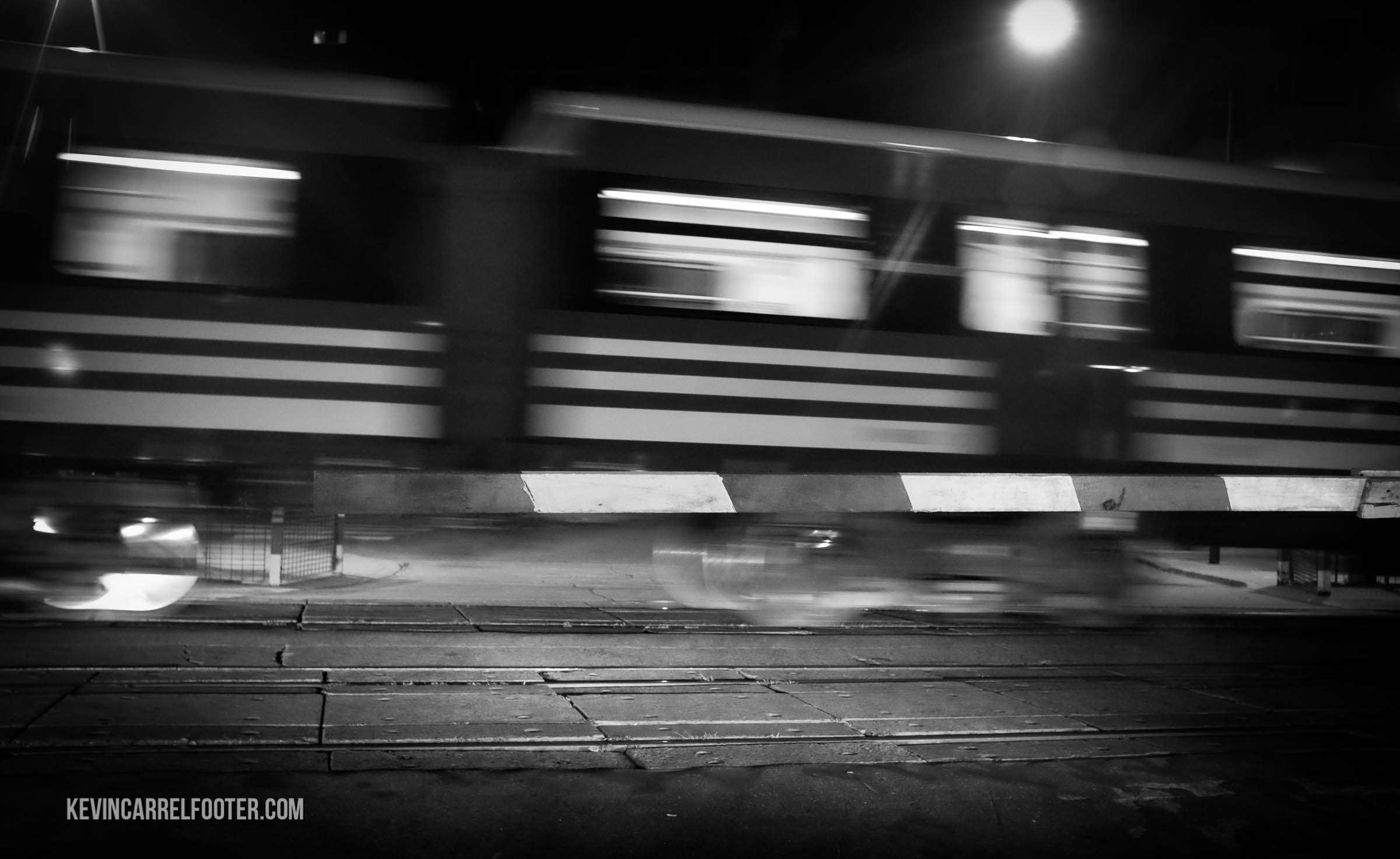Listen Here:
Our trip began in the percolating crowds of Plaza Once. We caught the #32 bus, which would leave us at Puente de la Noria. It used to be one of the entry ways to the great city from the Pampas but today it is the bridge over the moat holding back the poverty that is clamoring at the edges of the city.
I dressed for the occasion in some beat-up old jeans and my most robust shoes: a pair of cowboy boots made of thick hide. I put new batteries in my tape recorder but I left my ID at home since it would be a bureaucratic nightmare to replace it if it got snatched.
José, 35, was our guide through Villa Amelia, reputedly one of the most dangerous places around. He was friendly but not talkative and his eyes darted back and forth as if he were always expecting something to occur.
José is an expert in boundaries. In the shanty town such knowledge is critical. Palpably nervous when walking down one path, José would relax twenty yards away on a pathway that looked the same to me, but evidently wasn’t.
Against all odds, the villa is beautiful to me: the small colorful houses, the kids playing, the unpaved paths, the effusive gardens, the frogs croaking in ditches. There is something playful and succinct and deeply human about these handmade, miniature-scale settlements.
Most people in Villa Amelia make their living in two ways: by hand sewing shoes in their homes or working at the immense clothing fair held twice a week nearby. The fair attracts busloads of people from distant provinces and even from other countries. It is famous for high-quality knock-offs.
“Sometimes the copies are better than the originals,” one person told me. “They say the clothes are fake, but they aren’t really. They’re good quality – they’re just not made by the company they say they are.”
I interviewed residents José introduced me to. They seemed pleased to tell their stories.
At the end of the day, leaving Villa Amelia, we waited at a bus stop on the busy avenue that marks one edge of the settlement. A young man emerged from a narrow path that squeezed between two houses and came to stand with us. He stood at a distance and carefully avoided our eyes. He was impeccably groomed, perfumed and coiffed. He wore a blue suit and carried a black briefcase that might have been leather but shined like vinyl in the sun. In the heat of that muggy afternoon and in that place, he did not make sense to me.
But of course, he made much more sense than I did. I had put on those old jeans and boots to fit in and of course everyone who saw me pegged me instantly for an outsider, an intruder – hence my guide’s nervousness.
But this young man in his blue suit was far more accomplished. Had I not seen where he came from, I never would have made the connection. Might he have been a visitor like me or a proselytizer? The surreptitious way he stepped out from the opening and the way he jauntily crossed the dirt no-man’s-land, as if he did not want anyone to see him, paradoxically confirmed exactly what he was trying to hide.
When the bus arrived, we all filed slowly on board. There was no air conditioning and all the windows were slid open as far as they would, which was not enough. I found a seat toward the middle of the bus. The young man took a seat several rows ahead of me, across the aisle. He chose a seat up front where the women with children sat; already he was placing a distance between himself and the young men who headed straight to the back of the bus.
I pondered his life. On a daily basis he performed the transformation – from the shanty town to the big city and back again – with obvious success. I marveled at him and he must have felt it because several times he turned around to look at me. I was an unwanted witness to his metamorphosis.
When the bus arrived at the Once bus station in town, everyone hurried off. I decided to follow him. He crossed the grand hall of the station his blue suit pristine and his briefcase held authoritatively by his side, a young executive with places to be.
Mixed in with the crowd he was so much a part of the city that I myself started to wonder if I was tailing the same man I had seen slip out from those dirt streets. After turning a corner he made a swift but elegant move to the side between the stalls of two street vendors selling clothing. I had to jog to catch up but when I got through, I scanned frantically but to no avail. He was gone, disappearing seamlessly into the throngs, into the city, into his other life.


Leave a Reply